Travelin' Man
The amazing city you never knew you wanted to visit: Stumbling upon a South Pacific Island secret
Locals wrinkled their brows and other travelers were in shocked disbelief that we even considered spending a few days in Noumea. But here we were, our travel plans foiled by unexpected local school holidays, a bit of poor preparation, and we had already driven around the whole island, literally. Turns out, the city of Noumea is just perfect for four accidental days.
Noumea is the bustling capital of New Caledonia, one of the largest South Pacific Islands and currently a special collectivity of France. The island is a continental chunk that separated from its closest neighbor, Australia, 66 million years ago. It now forms a long stretch of mountainous land, extending roughly 200 miles in length to 50 miles wide. The capital, with a population of roughly 100,000, sits on a peninsula surrounded by bays, coral reefs and small islands.
Noumea serves mainly as an entry and exit point for overseas visitors, which move on to other parts of the island quickly. We had done the same for the previous 10 days and toured around the whole country along the main roads, visiting national parks, remote beaches and quiet mountains. We mainly chased after warmer waters and better snorkeling conditions, difficult to find during the southern winter.
Underneath the peeling paint and beyond the rough edges, the city maintains lots of charm and has a relaxed atmosphere despite its size.
After plans to visit islands further out fell apart, we found our way back to the capital with four days to spare. At first glance, Noumea definitely appeared as if an infusion of funding decades ago hurriedly erected high-rises and slapped infrastructure improvements between the turquoise bays, with the buildings now slowly decaying under the tropical sun and gentle, salt breezes wafting off the ocean. Yet, underneath the peeling paint and beyond the rough edges, the city maintains lots of charm and has a relaxed atmosphere despite its size.
We stayed in the only youth hostel in town, or in all of New Caledonia for that matter. The rooms were spartan, but the central location atop a hill and friendly atmosphere are ideal. At $45 a night for a double, it was relatively expensive, but by far the cheapest option in town.
An efficient bus system allows visitors to explore every corner of the city, but it is almost small enough that walking is also an option. Before setting out, ask the friendly hostel staff for some tips. They gave us good advice on places to visit and eateries.
What to do?
Beaches, restaurants, tours, museums, and markets, there is plenty to do in Noumea to easily fill several days. And if running out, just spend a day relaxing, adjusting to the rhythm of the South Pacific. One of the highlights during a visit to Noumea or New Caledonia in general is a trip to the Isle of Pines.
While I can recommend a stay of a few nights, it is possible to make a day trip from Noumea to this enchanted island. We set off early in the morning on the fast Betico 2 passenger ferry. The crossing took nearly three hours and once there we quickly made our way to Piscine Naturelle. We spend the rest of the day snorkeling in this perfect natural swimming hole that teemed with colorful fish.
The smooth, aquamarine pool fringed by distinct Cook pines, stretching their twisted trunks into the blue sky has to be seen to be believed.
Nourishment!
New Caledonia’s cuisine is a delectable mix of French and local Kanak food. Ask locals about the best places to eat. We were directed to Le Fournil Gourmand for baked goods and the obligatory baguette and we returned religiously after our first slice of crumble cake.
Go to the market in the morning for breakfast and strong espresso. The selection for dinner is nearly limitless, ranging from expensive restaurants serving fancy French dishes (think escargot) to smaller eateries serving a mix of local and international food (think seafood).
Underwater?
We were ready to see some of the underwater wonders New Caledonia has on offer. The island is fringed by the second-longest double-barrier reef in the world, which supports corals teeming with fish and diverse marine animals. Large sections of the reef and the turquoise lagoon are protected as a UNESCO World Heritage Site. After not having much luck with weather and rough conditions in other parts of the island, we were pleasantly surprised that Noumea offers several beautiful snorkeling spots.
Ile aux Canard, or Duck Island, is the city’s most easily and worthwhile spot to don a mask and snorkel. It’s possible to catch a bus from any main road to Anse Vata beach, where regular taxi boats ferry visitors to the tiny island lying just offshore. The ride takes less than five minutes across the blue waters of Anse Vata bay and a quick hop landed us on the white sands of the island.
We were pleasantly surprised that Noumea offers several beautiful snorkeling spots.
There is an expensive restaurant, umbrellas and beach chairs for hire, and most importantly, snorkel gear for rent. Early in the morning, we had the place to ourselves and quickly plunged in to take advantage of the dedicated snorkel trail, where underwater signs explain the ecology of the reef and identify some of the creatures. We saw the expected sea turtle, tropical fish and even an octopus.
An even easier plunge can be taken off the popular beach at Baie des Citrons where the reef starts just offshore. During a quick afternoon snorkel I saw plenty of clownfish and even sea snakes.
Relax
Watch the locals do the same at Place Des Cocotiers. This small plaza underneath enormous palms and flame trees is not only a good place to catch a bus into the city, but also offers an excellent vantage point to observe the rhythm of the city. People come to stroll, meet, and chat. Families rest on benches in the early evening or set up a picnic near the fountains. A few scattered food stands also serve strong coffee and snacks.
The pier lies within walking distance along with many shops where souvenirs, local products, clothes and jewelry can be bought.
Culture
After tracking though the city, following historical markers to seek out the few remaining historical buildings in the city, we scanned through a pamphlet advertising the different museums in Noumea.
The city has a maritime museum, cultural center, city museum, and the museum of New Caledonia. We decided to spend an afternoon in the latter. The small, but well organized museum displays artifacts and arts from various Polynesian cultures found throughout the South Pacific. Life-sized huts and watercraft allow visitors to gain an understanding of human settlement throughout the islands.
Spears, masks, and other handicraft reveal the diversity of cultures found in the region. The Tjibaou Cultural Centre just outside the city is also worth a visit.
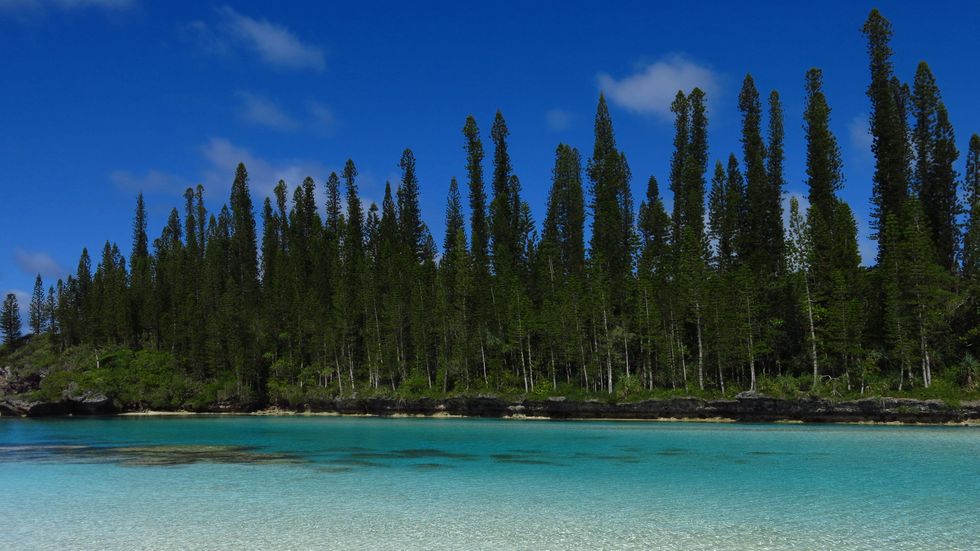
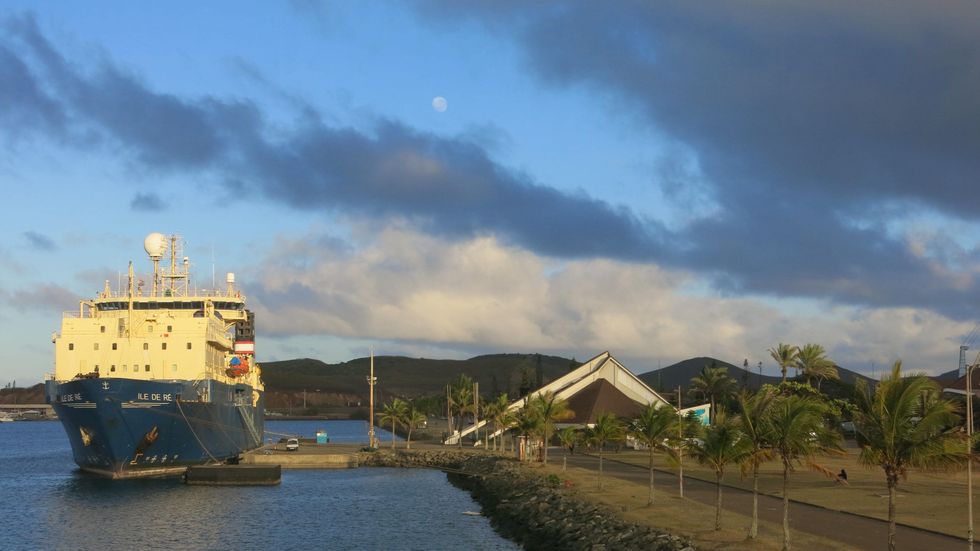

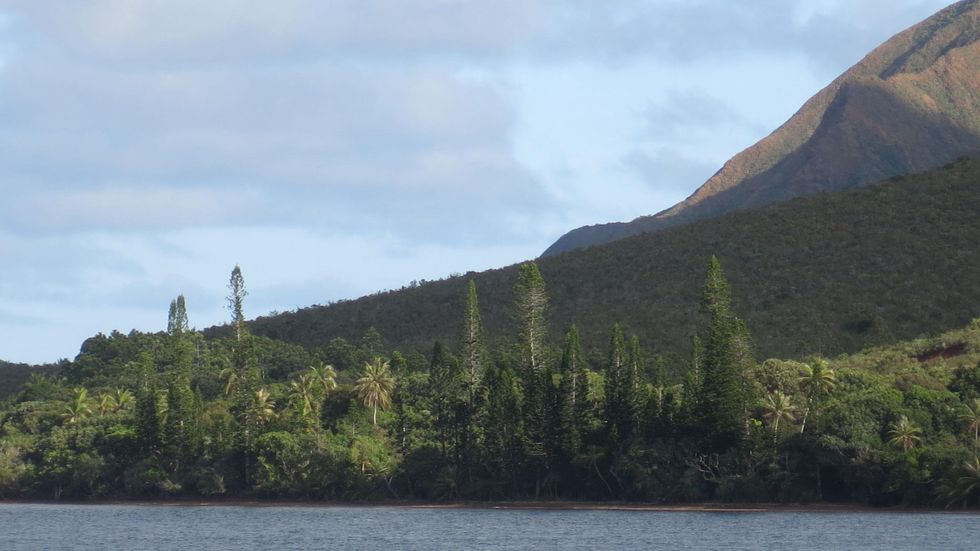
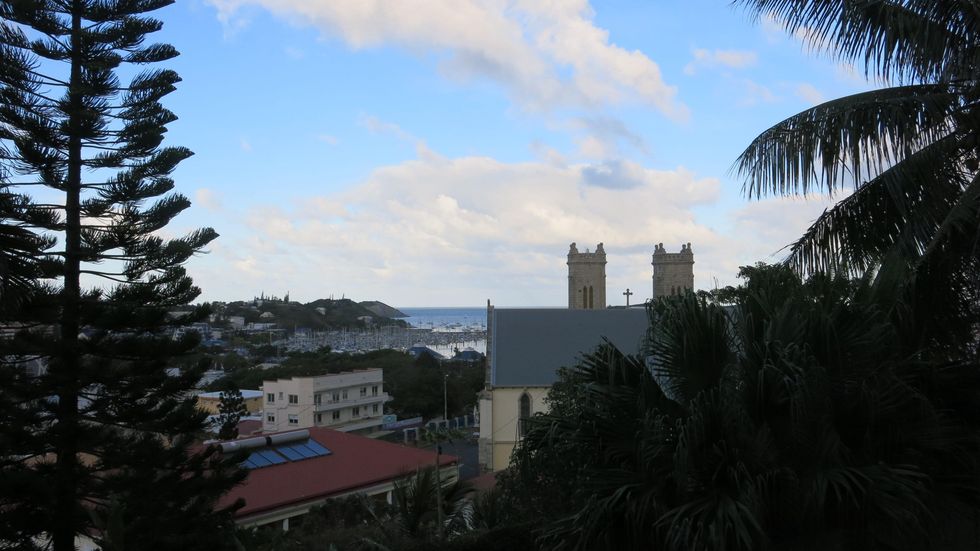
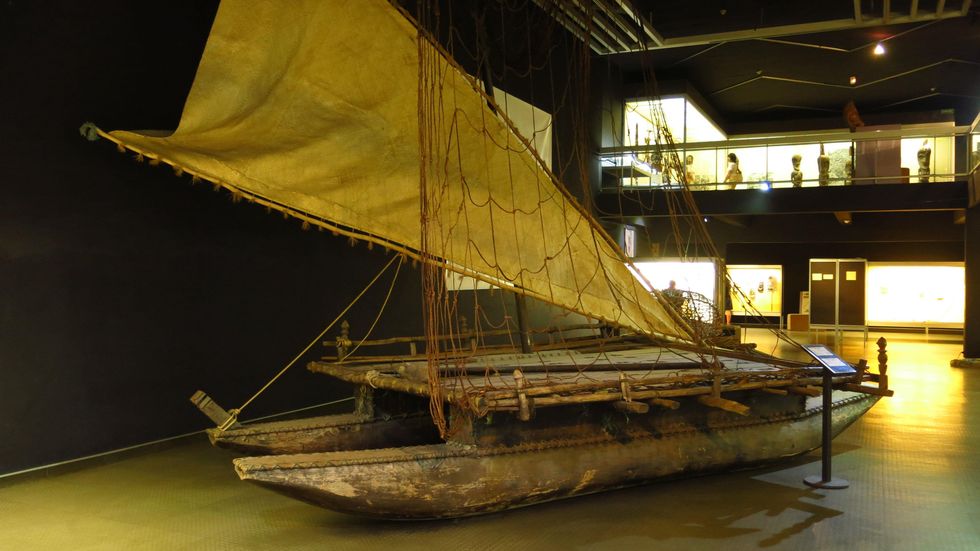
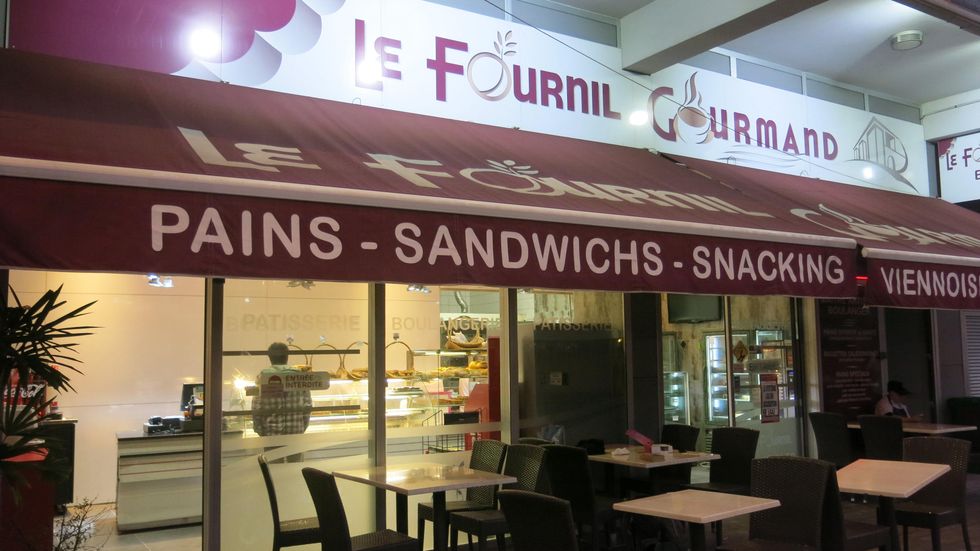
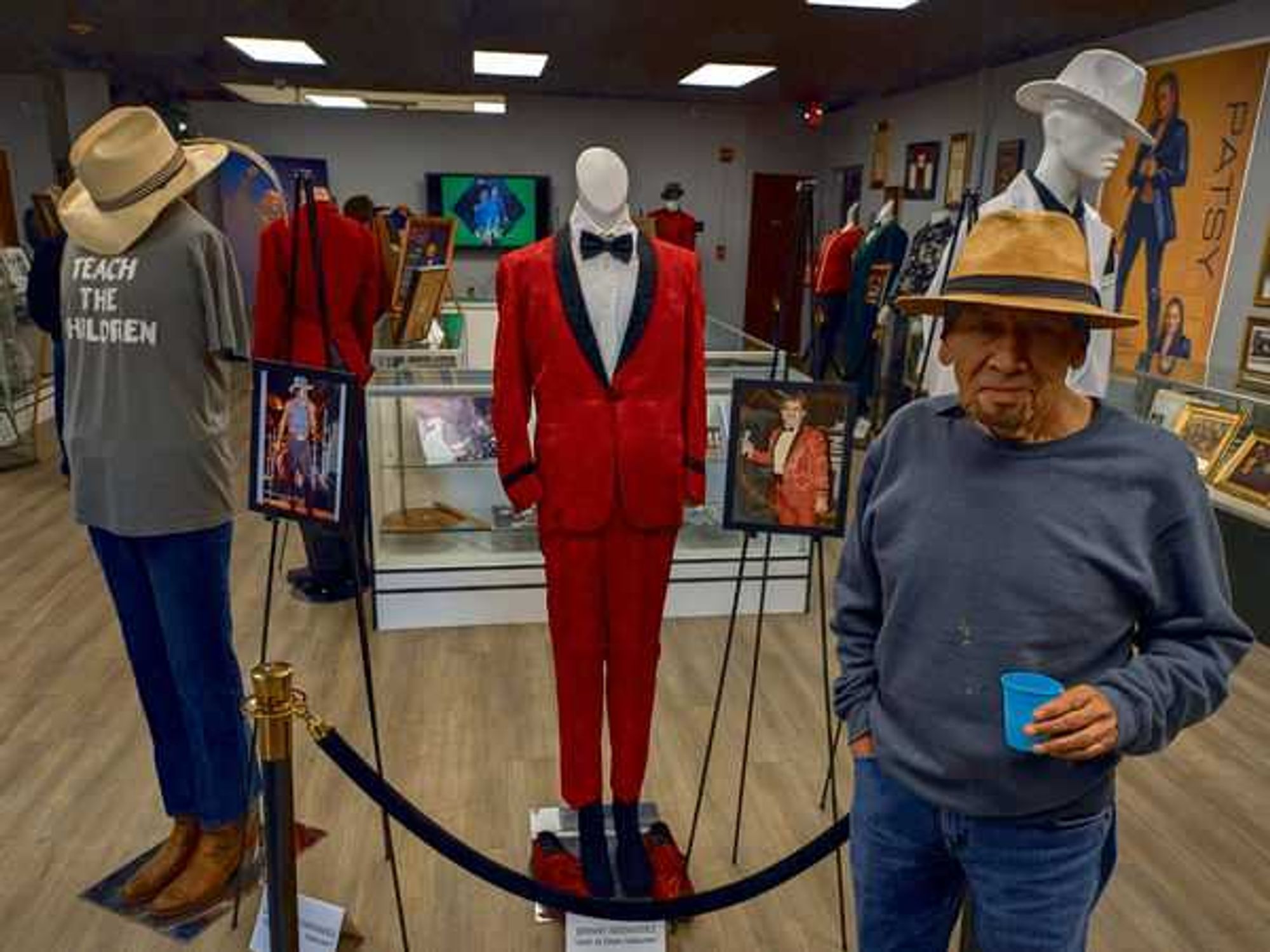
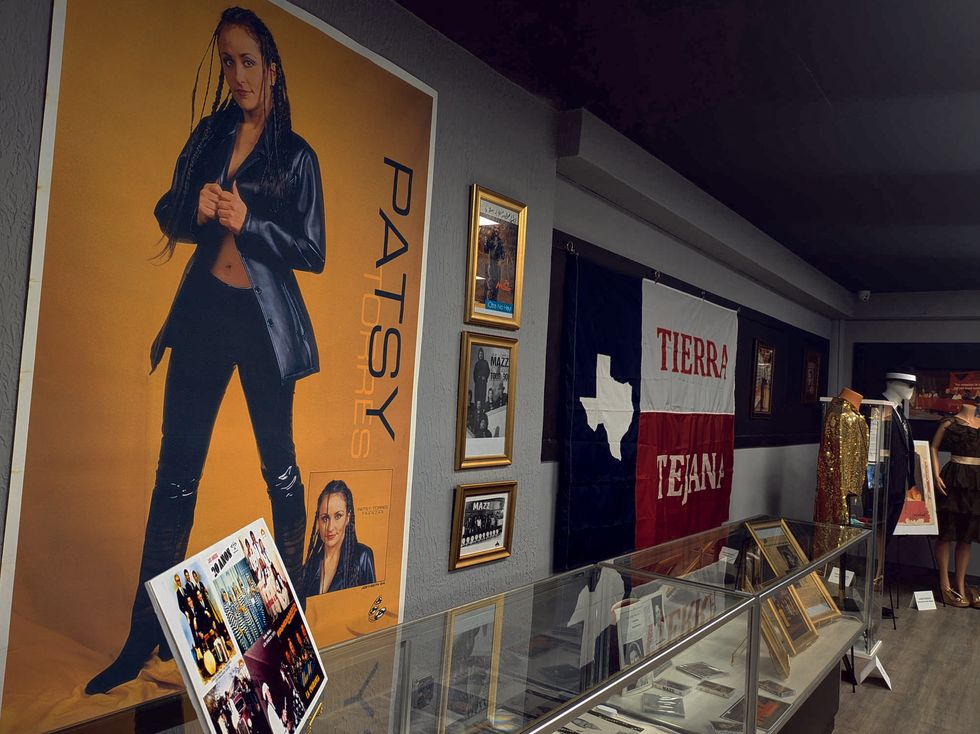 The newly opened Totally Tejano Hall of Fame and Museum includes a growing collection of memorabilia. Photo by Edmond Ortiz
The newly opened Totally Tejano Hall of Fame and Museum includes a growing collection of memorabilia. Photo by Edmond Ortiz